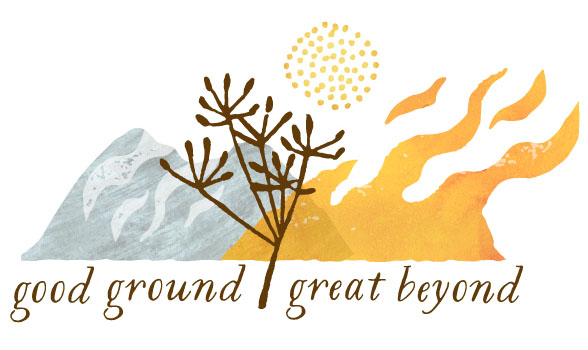open air cremation
Cremation has a long history. There is record of cremation being among disposition options in early Persian, Greek and Roman civilizations and in early medieval Scandinavia. It has continued to be very much a part of Hindu and Buddhist funeral traditions. In spite of falling in and out of favor historically, it become an increasingly normalized and chosen mode of disposition in the US starting around the 1870s, when there was a concerted effort to shift the cultural narrative around fire and its symbolism. Early cremationists helped people rework their thinking of cremation fire as concomitant with damnation to fire as purifying. This effort to shift cultural perceptions kicked in again in the 60s. Since then, cremation has continued to be a widely accepted disposition option, and continues to be seen as simple and meaningful to those who chose it. Cremation is now more commonly chosen and as of 2016, in 20 states, the cremation rate has risen to over 50% (Maine ranks 5th highest in cremation rate at 71%)
Preparation for an open air cremation at the private pyre at Shambhala Mountain Center. Photo by Corey Kohn
Cremation offers a simplicity that many resonate with.
Just as with evolving burial options, there is more space for creative and meaningful engagement with cremation for those who seek more ceremony and the possibility of remaining present with their people from dying to death to final transformation.
Open air cremation is a form of cremation that has existed for centuries and can currently be witnessed in countries such as Nepal and India, as well as Southeast Asia. Open air cremation consists of a pyre to lay out the body. There is space below and above the body for wood and fragrant branches such as cedar and juniper, spruce and pine. Pyres in India and Nepal vary in structure but are often very simple and open.
In the US there is only one public open air pyre. It is in Crestone Colorado. There is also a private pyre at drala Mountain Retreat Center (formerly shambhala mountain center) in Northern Colorado.
The private funeral pyre at the Shambhala Mountain Center in red Feather Lakes, Colorado. Photo by Corey Kohn
The pyre in Crestone is constructed to keep the cremation fire contained and efficient and to allow people to engage whatever ceremony they create or practice as the fire burns. People can offer flowers and fragrant substances. They can sing, chant, recite prayers or verse, remain silent. They can contemplate and feel. People of all religious traditions have used the Crestone pyre, as well as those who do not identify with a religious or spiritual tradition or practice.
Some have expressed concern about the environmental impact of open air cremation. The Crestone End of Life Project has years of data and testimonials about their experience of the environmental impacts of open-air cremation and the Anglo-Asian Friendship Society in the UK has also published their own research regarding the environmental impacts. Davender Kumar Ghai worked for years to ensure the legality of open-air cremation in the UK. The Journal (UK) published an article in 2015 that is a good summary of some of his work and journey.
Open air cremation is a disposition option that allows for transformative, intimate and meaningful engagement with death. Everyone we know who have been present at open air cremations leave feeling deeply grateful for the sacred opportunity to take part.
Maine is a rural state filled with people who love this land and value their independence and agency in directing their choices in life. Open air cremation will likely never become the preferred disposition option of the majority, but it should be an option for those who seek the kind of intimate ceremonial engagement it offers.
It is our aim and wish to build a legal open air pyre in Maine in the midcoast area. It will be built on land maintained as a sacred sanctuary, land people can visit and revisit to think and feel and be quiet. Land where people can take the time to be with death in a very different and direct way and have support in creating ceremony for those who have died.



